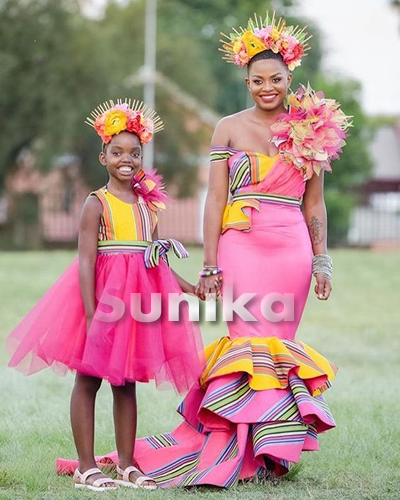
60+ Venda Traditional Wedding Dresses and Where To Find Them
The Venda people, who primarily reside in the northern part of South Africa, Zimbabwe, and southern Zimbabwe, have a rich cultural heritage that is celebrated through various customs and traditions.
One of the most prominent and visually captivating aspects of Venda culture is their traditional wedding attire. Venda traditional wedding dresses are a colorful and meaningful representation of the culture, beliefs, and identity of the Venda people. In this article, we will delve into the history, significance, and exquisite details of Venda traditional wedding dresses.
Historical Roots
The Venda people are descendants of the Bantu-speaking people who migrated to southern Africa many centuries ago. Their history is marked by a deep connection to the land and a reverence for their ancestors. Traditional weddings in the Venda culture are not only about the union of two individuals but also about the merging of their families and the spirits of their ancestors.
Venda Traditional Wedding Attire
- Tavhanyisa (Bridal Outfit):
- The focal point of a Venda bride’s attire is the Tavhanyisa, a vibrant and intricately designed garment that consists of multiple layers.
- The outer layer of the Tavhanyisa is a colorful cloth called the ‘Vhalaza,’ which is often red or green and decorated with geometric patterns. The choice of color may vary, but red is a popular choice symbolizing love and fertility.
- Beneath the Vhalaza, the bride wears a ‘Muqhosha,’ which is a long skirt with beaded details and embroidery.
- Over the Muqhosha, a ‘Tshedza’ is draped, adding more elegance and symbolism to the outfit. The Tshedza is a large shawl-like piece of cloth.
- To complete the look, the bride wears accessories like beaded necklaces, bracelets, and anklets, which are often handcrafted and adorned with vibrant beads.
- Phalaphala (Groom’s Attire):
- The groom’s attire, known as Phalaphala, is equally significant. It includes a colorful shirt with geometric patterns, a vest, and trousers.
- The groom often wears a ceremonial cap known as ‘Lutshila’ and a feathered headdress called ‘Vhudoga.’
- Accessories such as beaded necklaces and armbands complete the groom’s look, showcasing the intricate craftsmanship of Venda jewelry.
Symbolism and Beliefs
Venda traditional wedding dresses are more than just garments; they carry profound symbolism and cultural beliefs:
- Ancestral Connection:
- The colors and patterns in the attire are often chosen to honor and connect with the ancestors, who are believed to play a crucial role in the marriage.
- The red color, for instance, symbolizes love and passion, while green represents fertility and growth.
- Unity:
- The multiple layers of the bride’s Tavhanyisa signify the layers of life, love, and family that the couple is embarking on together.
- The groom’s attire, adorned with geometric patterns, signifies balance and unity in the marriage.
- Cultural Identity:
- Venda traditional wedding attire is a source of pride and identity, allowing individuals to express their heritage and connect with their roots.
- Blessings and Protection:
- Beads, often found in Venda jewelry, are believed to possess protective qualities and are worn to ward off evil spirits and negativity.
- Feathers and headdresses worn by the groom symbolize courage and strength, qualities that are essential in a marriage.
What is Makoti in Venda?
Makoti or daughter-in-law in Venda is called “Mazwale”.
What does a married woman wear in Venda?
The clothing worn by married women in the Venda culture, which is part of the larger VhaVenda ethnic group in South Africa, is often characterized by certain traditional and cultural elements. However, it’s important to note that Venda culture, like many African cultures, is diverse, and there can be variations in attire depending on factors such as personal preferences and regional influences. Here are some common elements of traditional clothing for married Venda women:
- Luvenda/Luvhenda: The luvenda is a traditional Venda dress or skirt, often made from brightly colored fabric with intricate patterns. It is usually knee-length or longer and is worn with a matching top.
- Headdress: Married Venda women often wear a traditional headdress known as the tshihwana or the tshirivha. These headdresses are typically made from beads or fabric and can be quite elaborate. They may signify the wearer’s marital status and are sometimes worn in distinctive styles to indicate different stages of life or social status.
- Jewelry: Jewelry is an essential part of Venda women’s attire. This includes beaded necklaces, bracelets, and anklets. Beadwork is highly valued in Venda culture and is often used to convey messages or symbolize various aspects of life.
- Accessories: Married Venda women may wear accessories like beaded belts and cowrie shell ornaments. These adornments are not only for aesthetic purposes but also hold cultural significance.
- Rukomba: This is a special cloth traditionally given to a bride by her mother-in-law during the wedding ceremony. It is a symbol of her new status as a married woman and is often worn on special occasions.
- Color Symbolism: The choice of colors in clothing and accessories can have cultural significance in Venda culture. Certain colors may be associated with specific events, ceremonies, or meanings.
- Makomba: Married women may also wear a makomba, which is a long, decorative cloth or apron that is draped over the luvenda or worn around the waist. Makombas are often embellished with intricate beadwork.
- Ivho: Ivho is a type of traditional headband made from beads and is often worn by married women to complement their headdress.
It’s important to remember that traditions can vary, and not all married Venda women may wear all these elements at all times. Modernization and individual preferences have also influenced Venda women’s clothing choices. Still, traditional attire remains an essential part of Venda culture and is often worn proudly during cultural events, ceremonies, and celebrations.
60+ Venda Traditional Wedding Dresses and Where To Find Them
Unravel the beauty and significance of modern Venda traditional wedding dresses, discovering how they continue to captivate the hearts of couples seeking to merge the past with the present on their special day. These dresses not only reflect the unique aesthetics of the Venda culture but also tell a compelling story of resilience and adaptation in a changing world. Join us as we delve into the world of Venda bridal attire, where the old and the new harmoniously coexist, creating a symphony of style and cultural pride.
Venda Wedding Dress by Vohni Designer
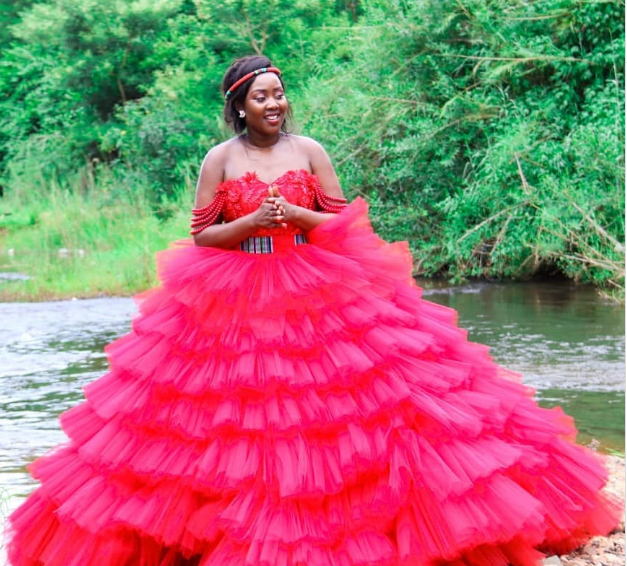
Green Venda Wedding Dress by Zamaswazi Nkosi
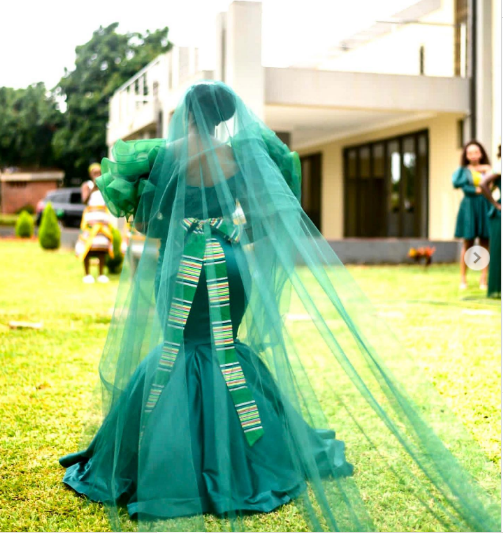
Purple Venda Dress by Ntsike Ensembled
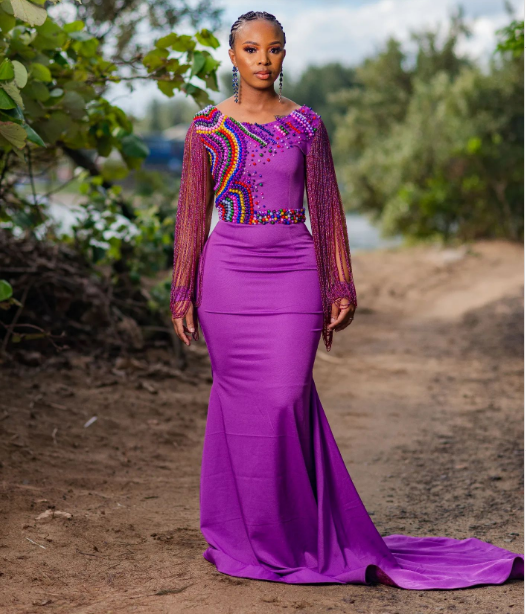
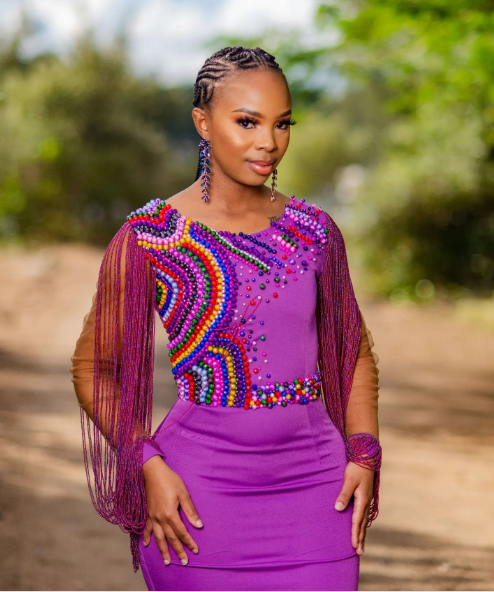
Purple Venda Wedding Dress by Antherline Couture
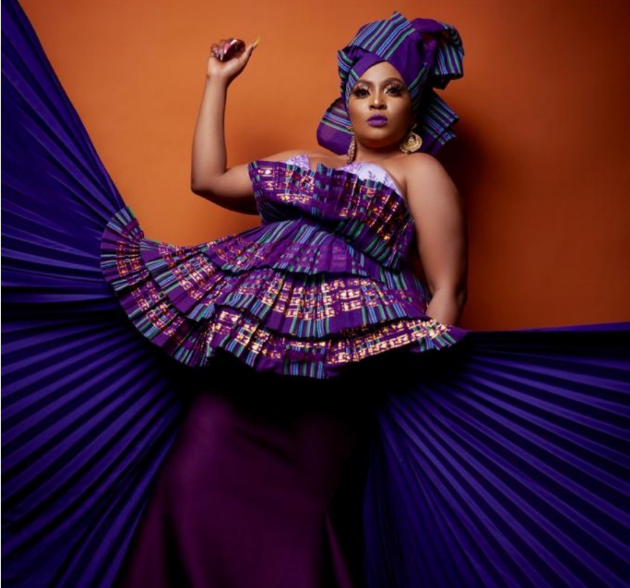
Venda dress by Zamaswazi Nkosi
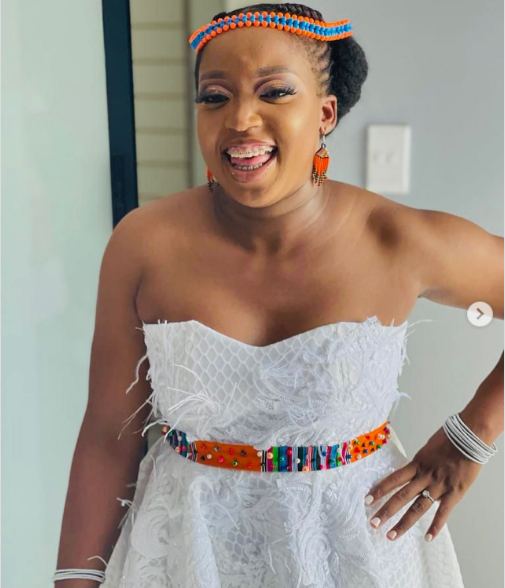
Venda Traditional Dress with beads by Bayanda Khathini
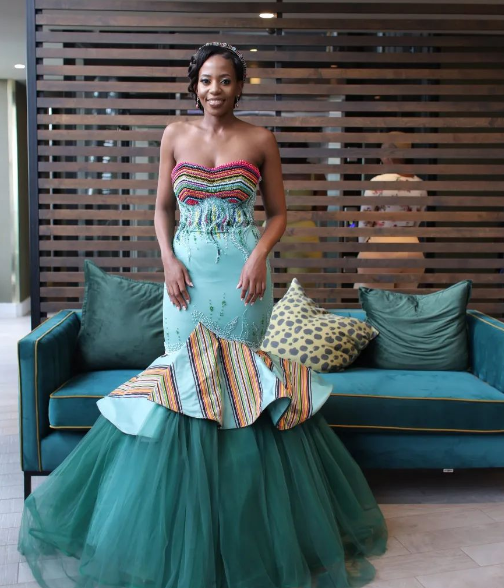
Yellow Venda attire for couple by Zamaswazi Nkosi
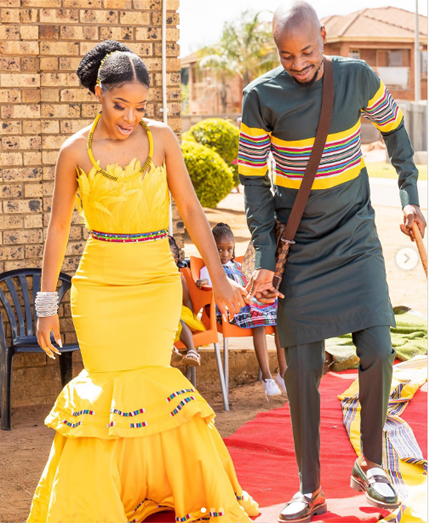
Venda Traditional Wedding Dress by Orapeleng Modutle
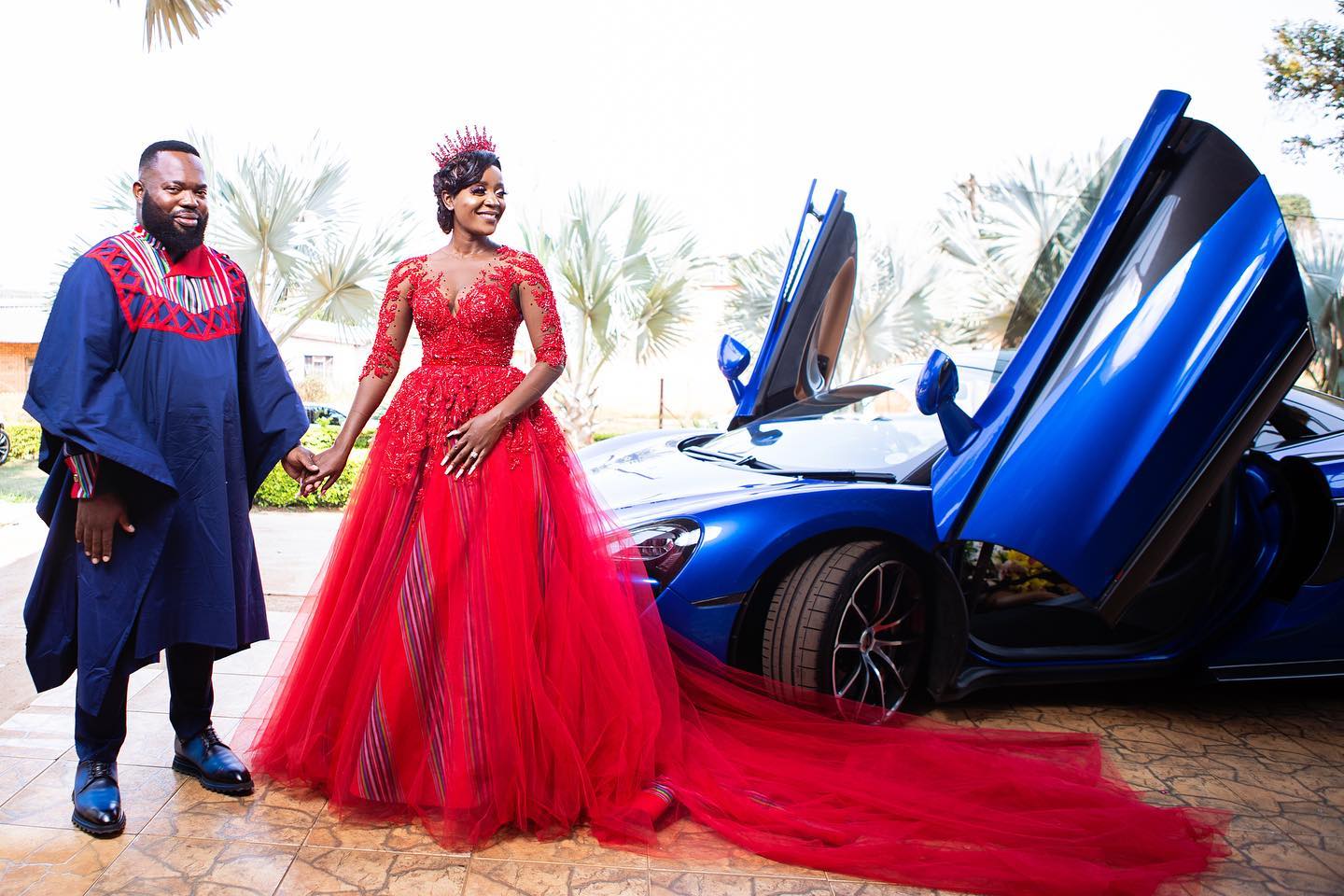
More Venda Wedding Dress Ideas
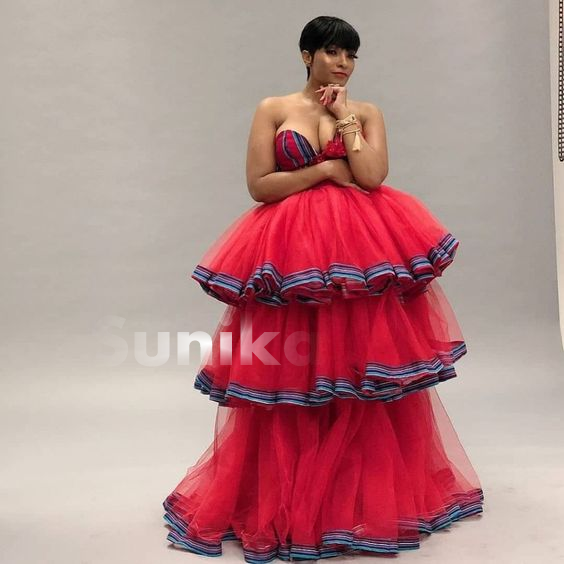
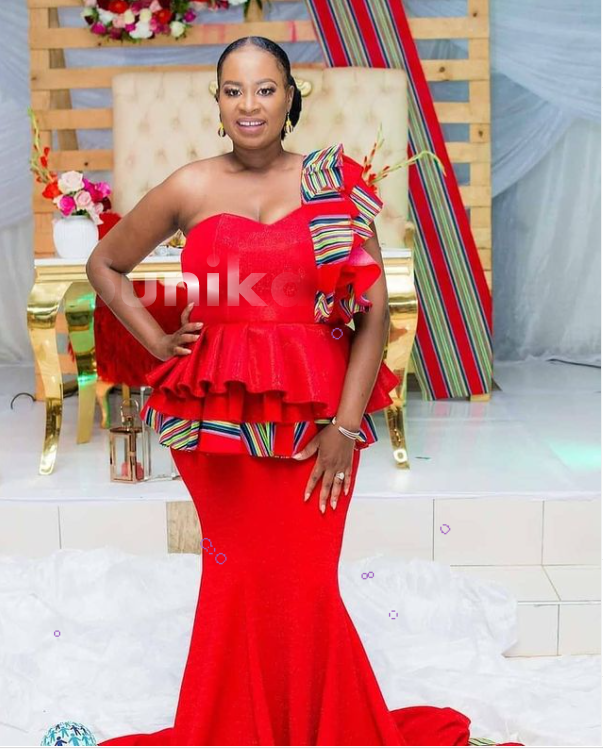
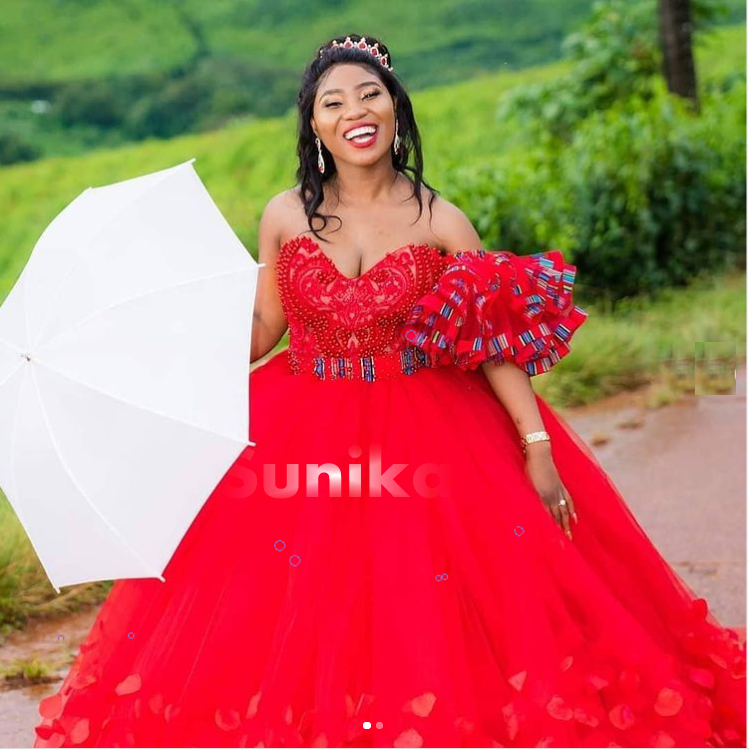
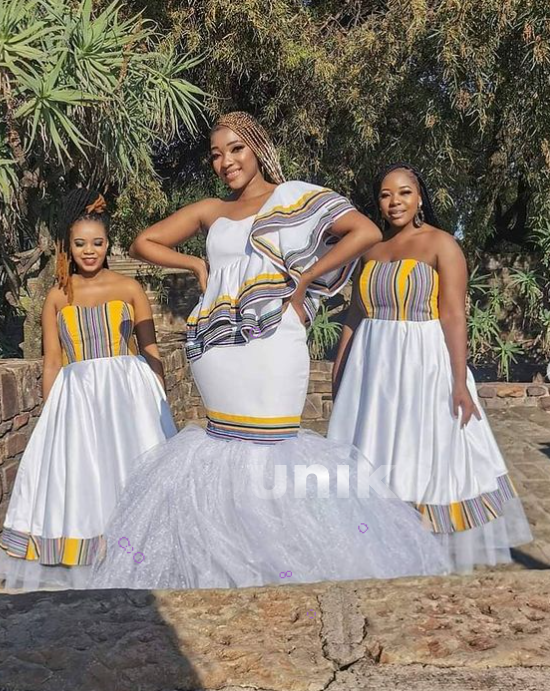
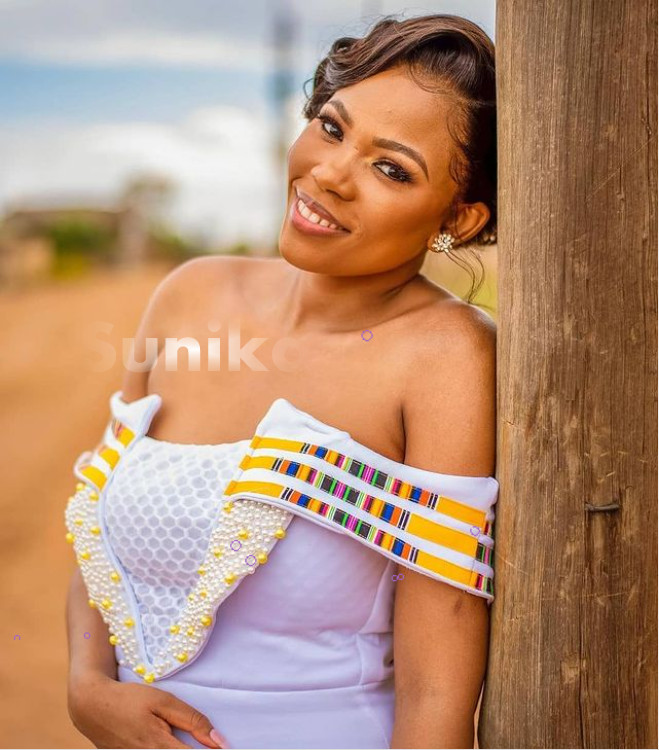
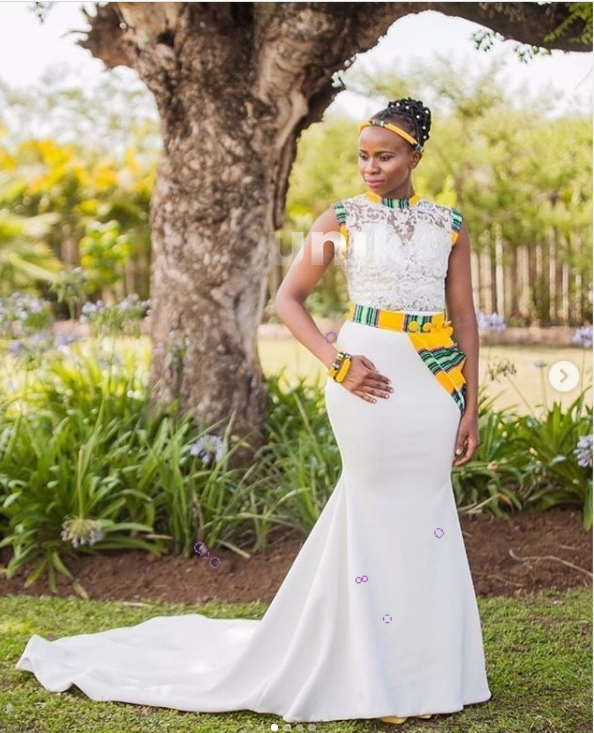
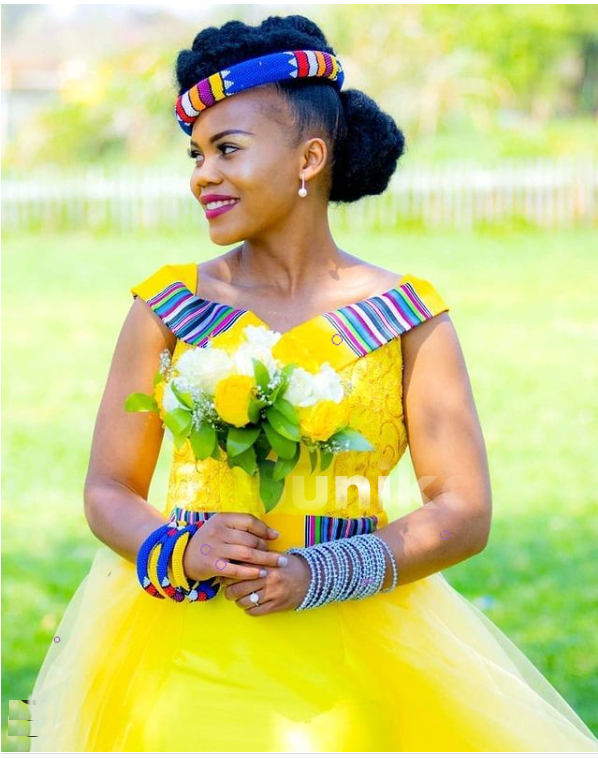
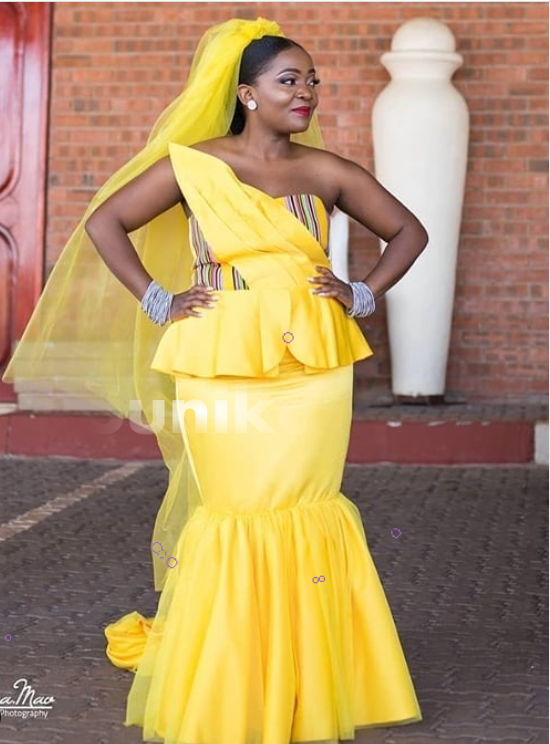
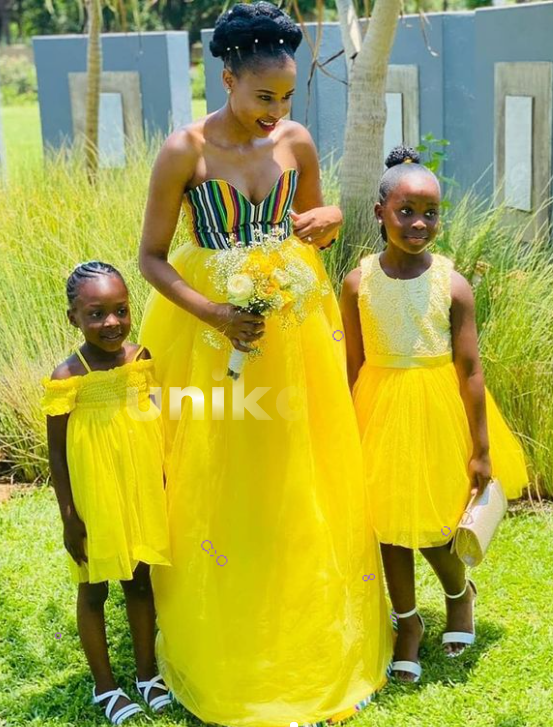
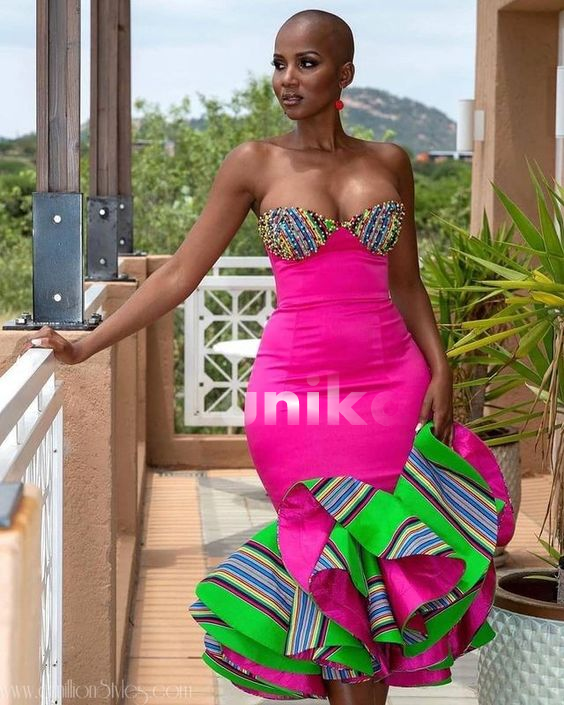
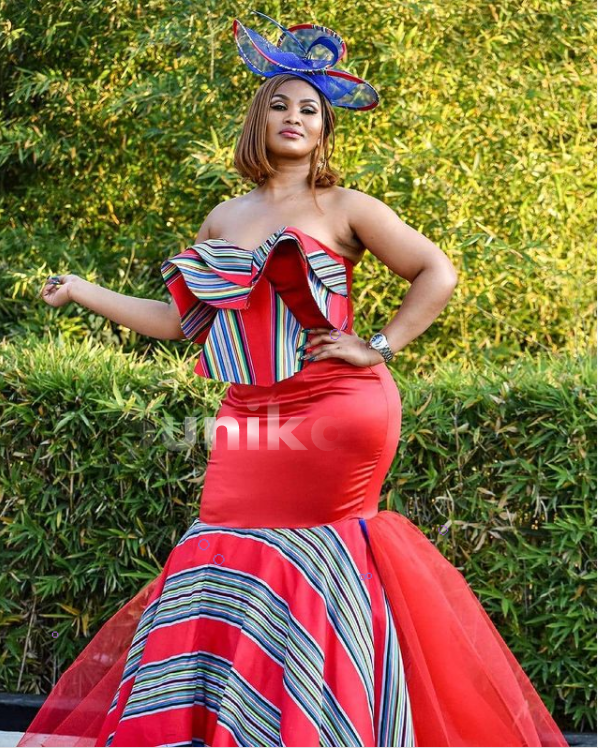
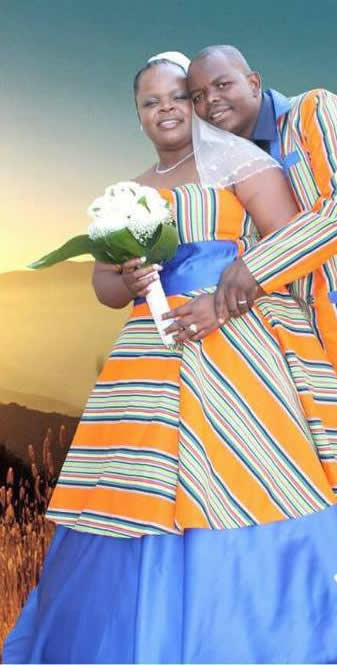
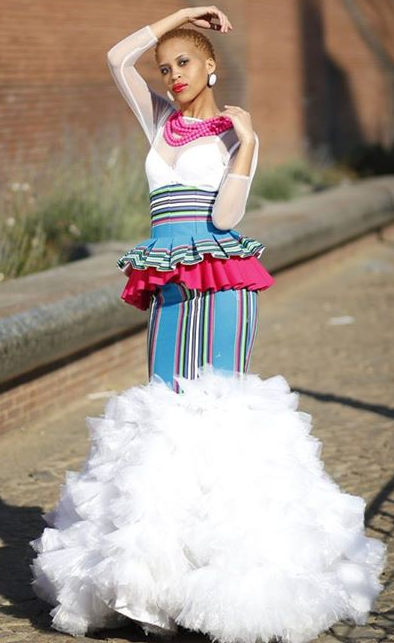
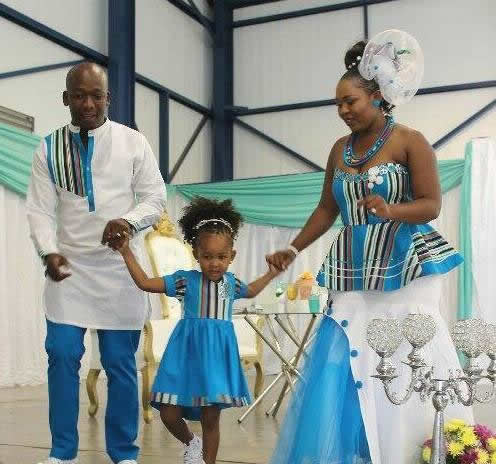
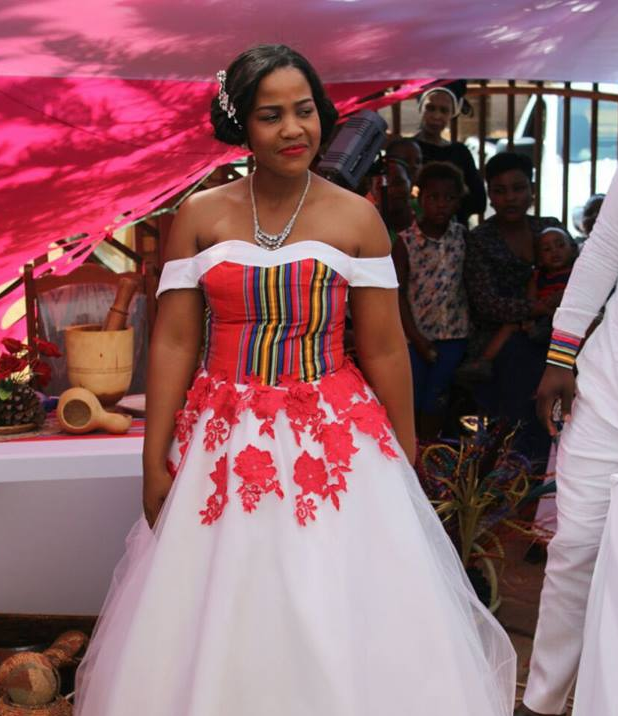 ‘
‘
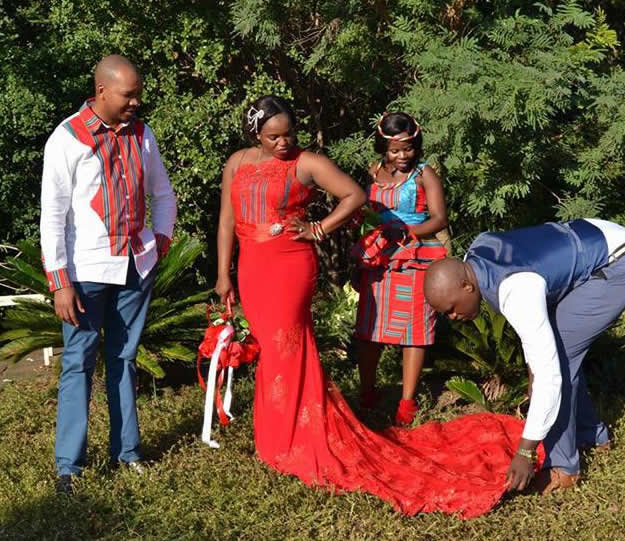
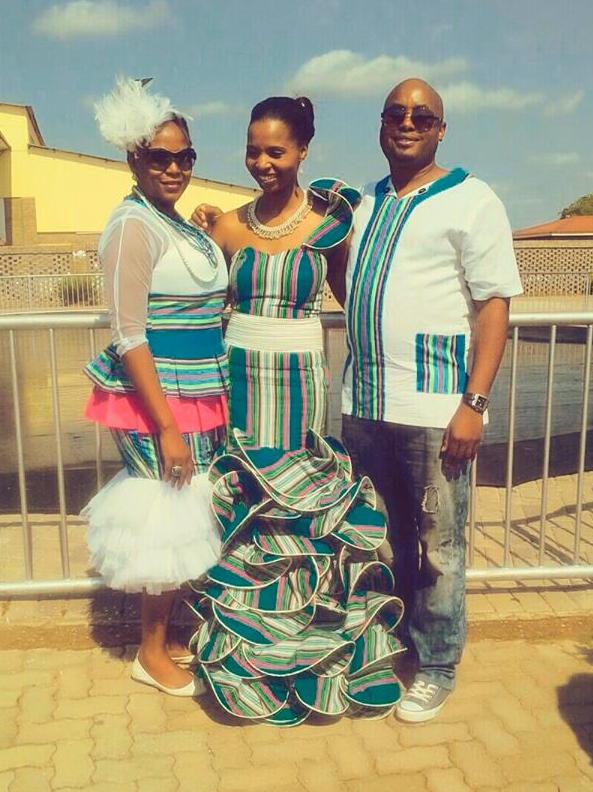
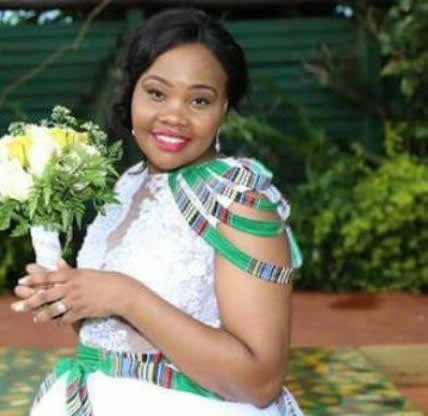
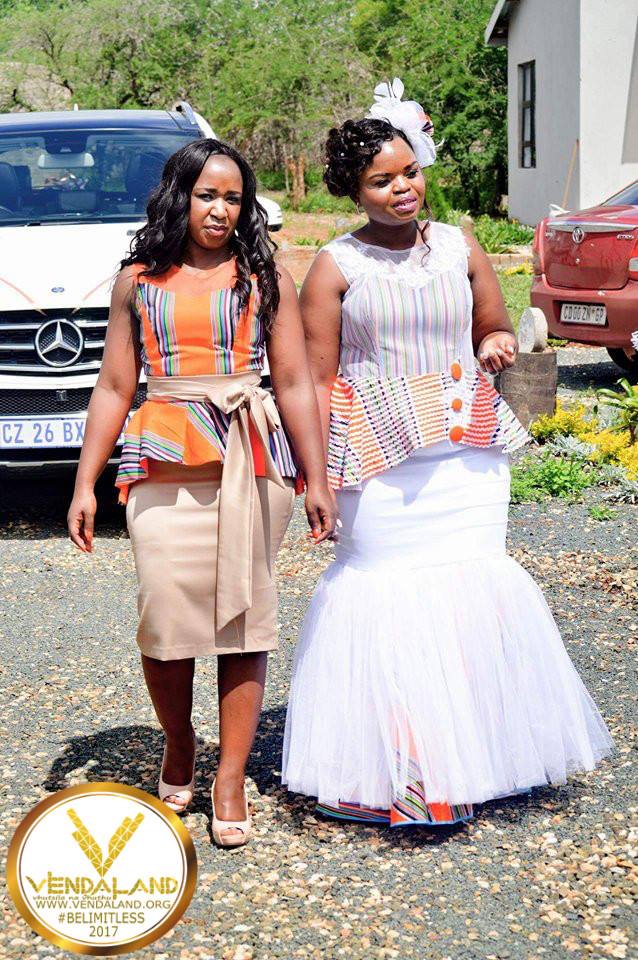
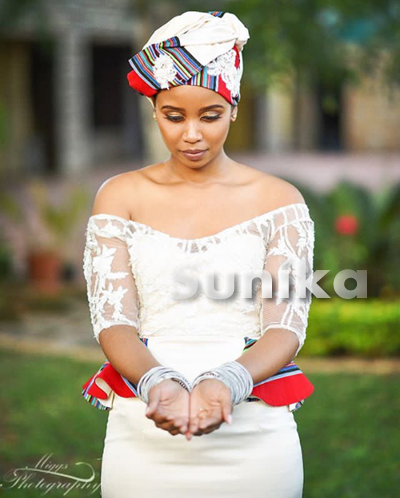
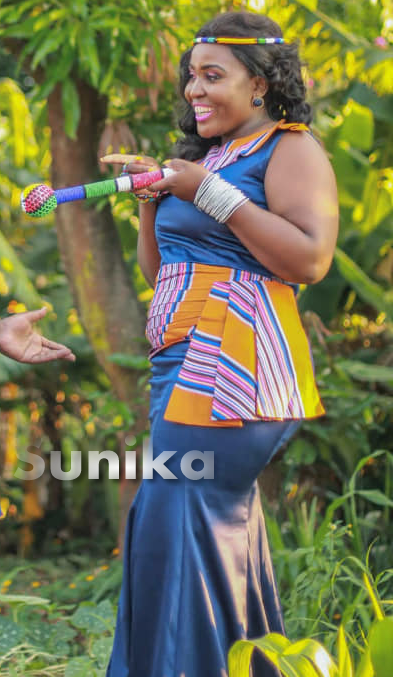
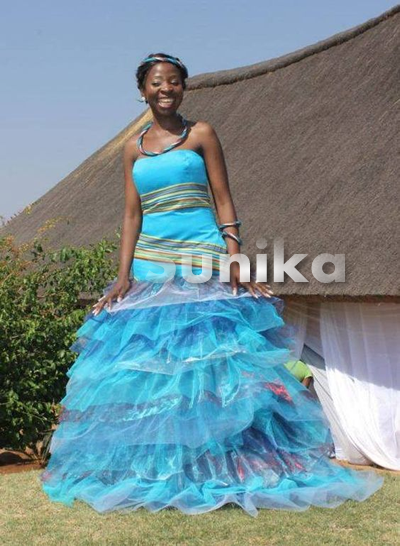
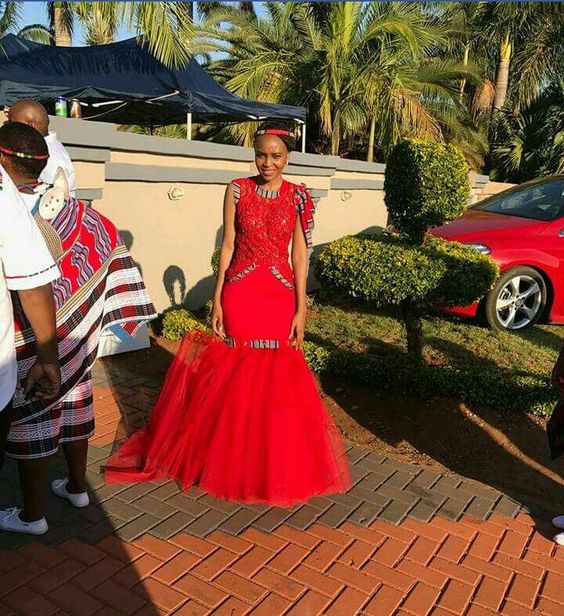
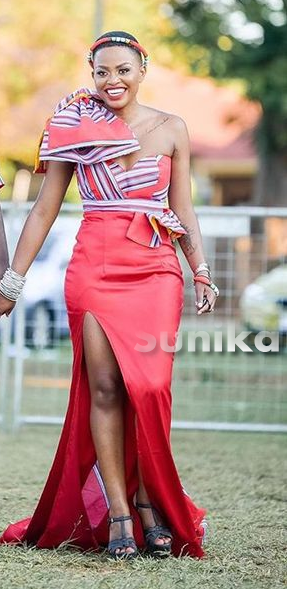
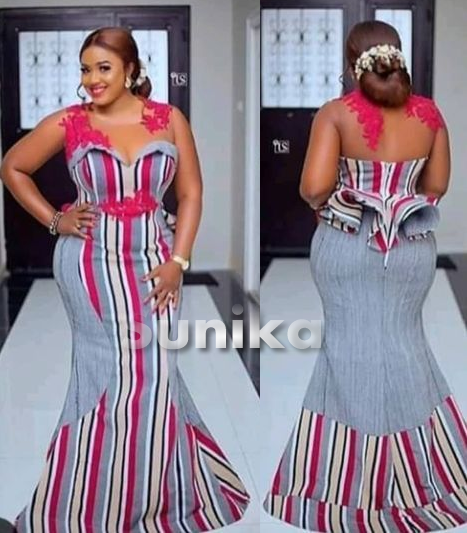
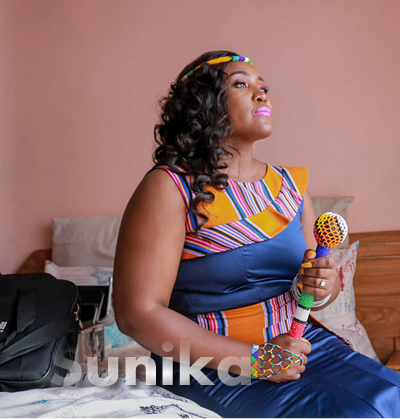
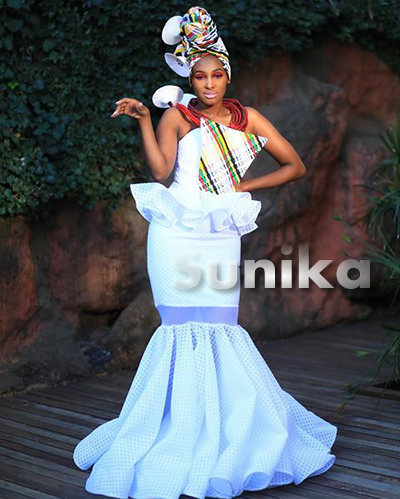
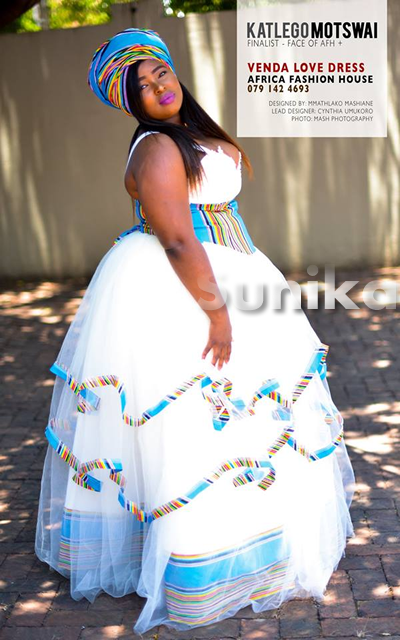
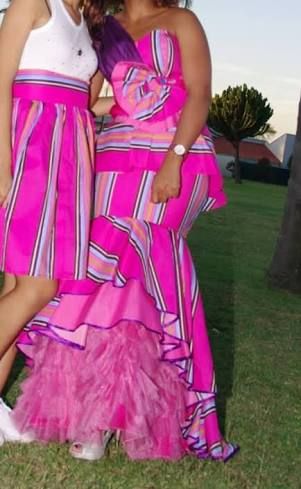
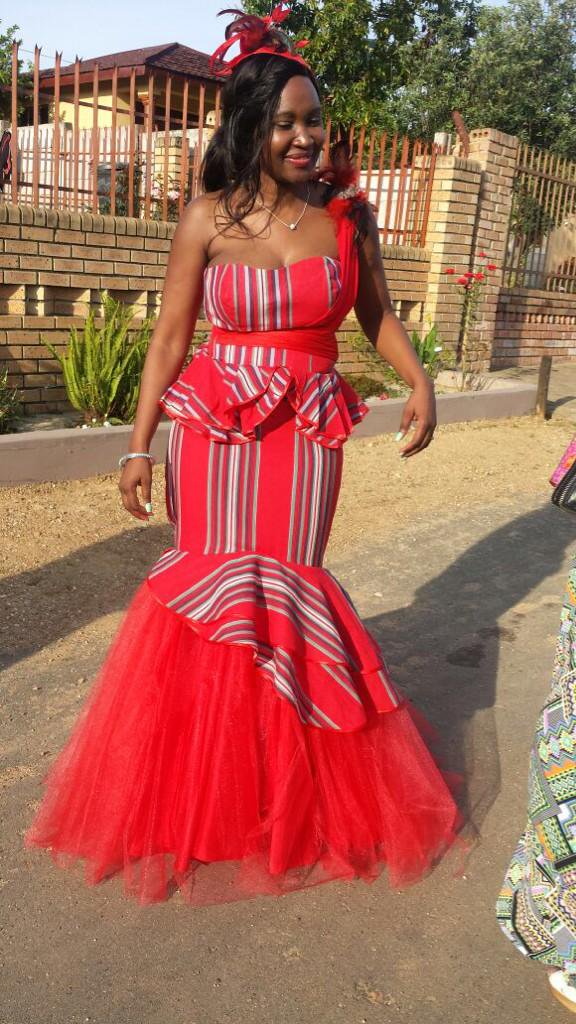
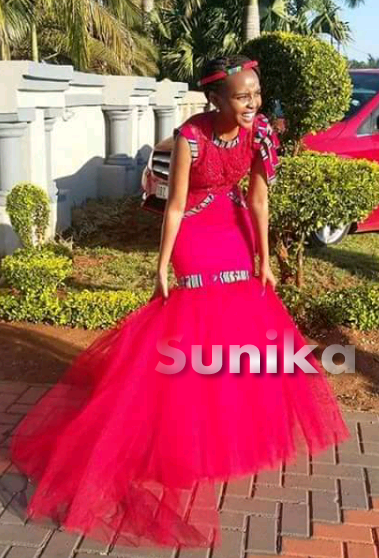
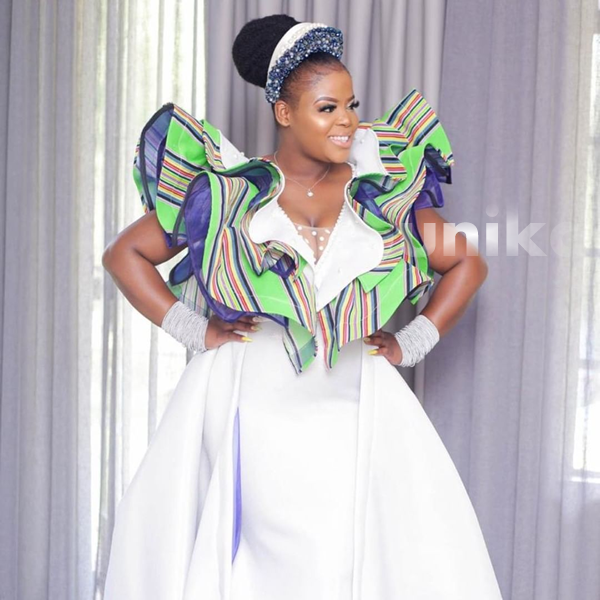
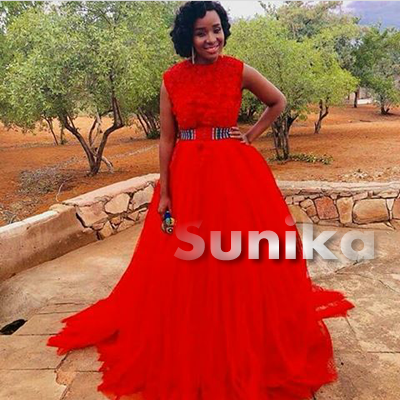

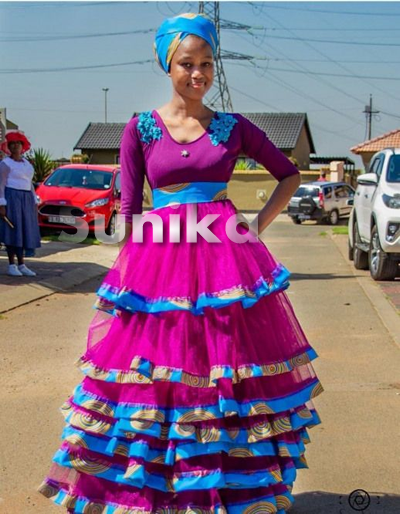
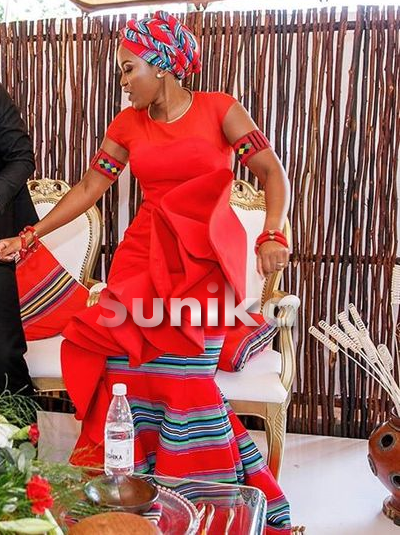
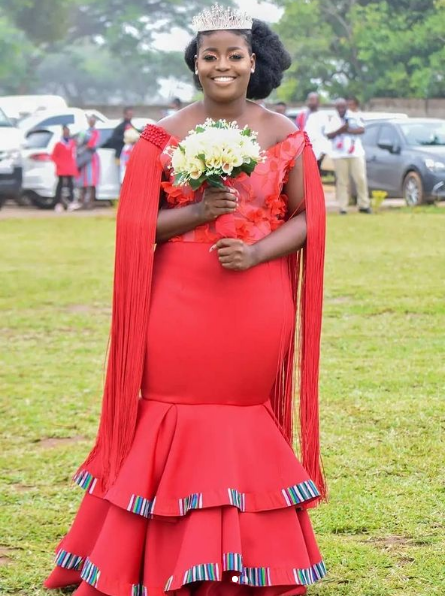
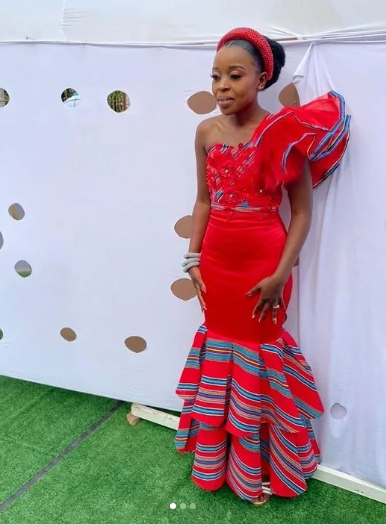
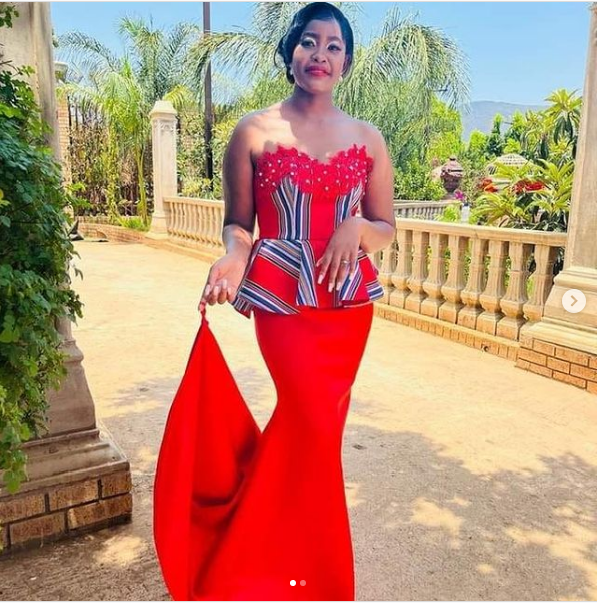
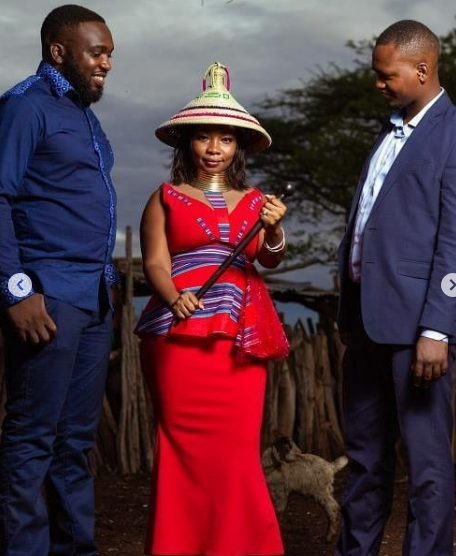
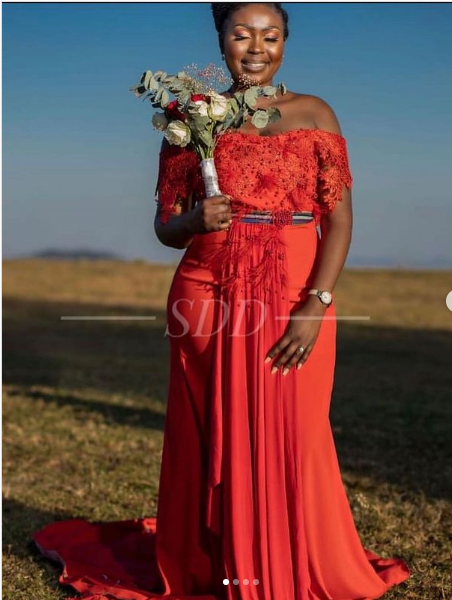
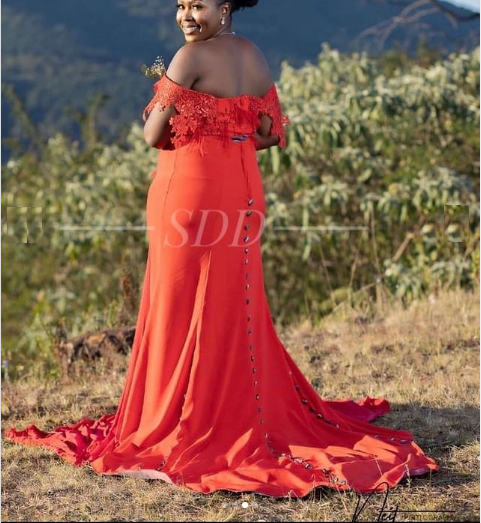
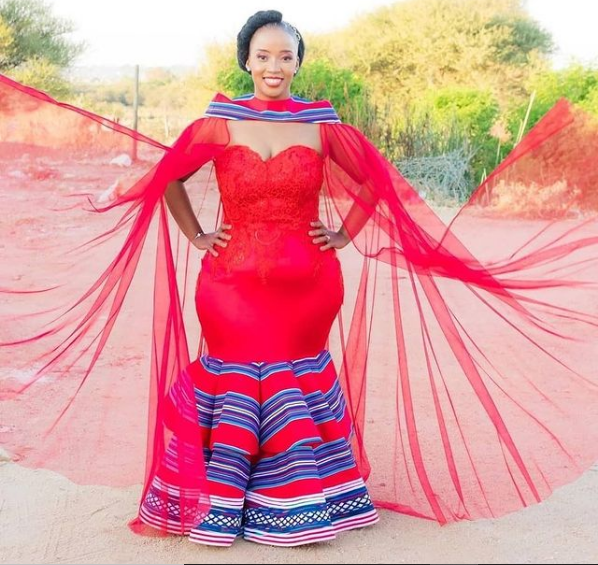
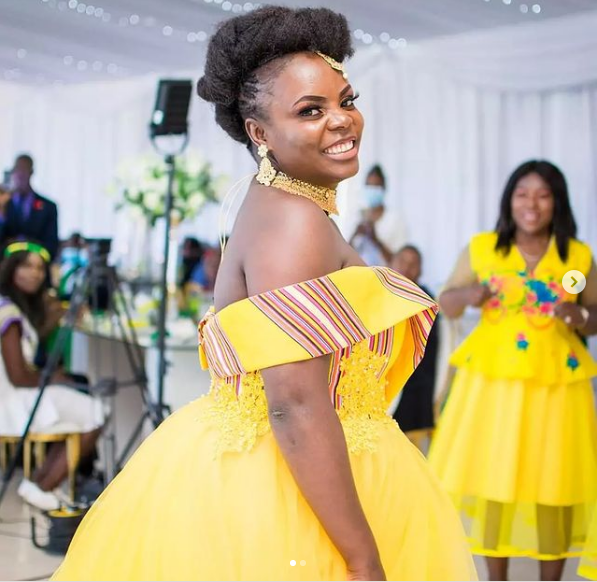
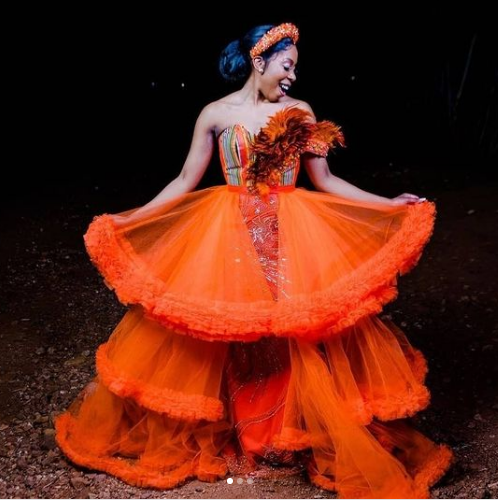
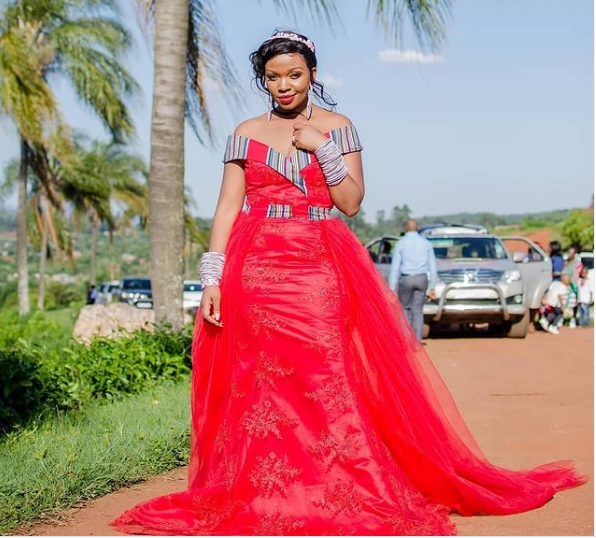
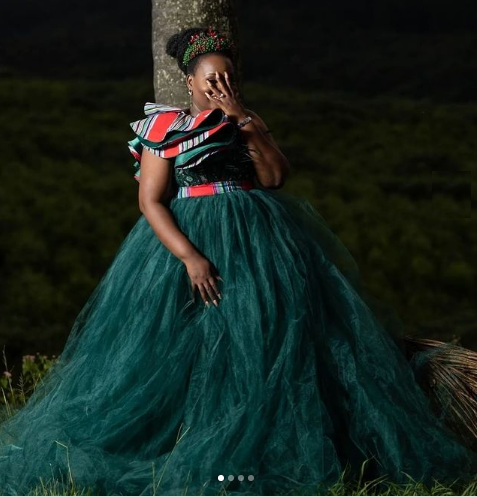
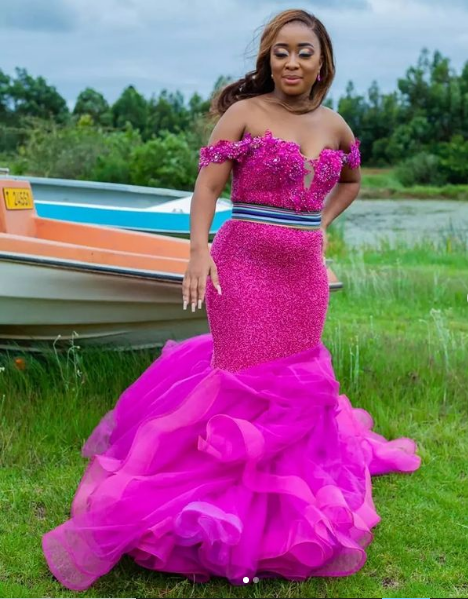
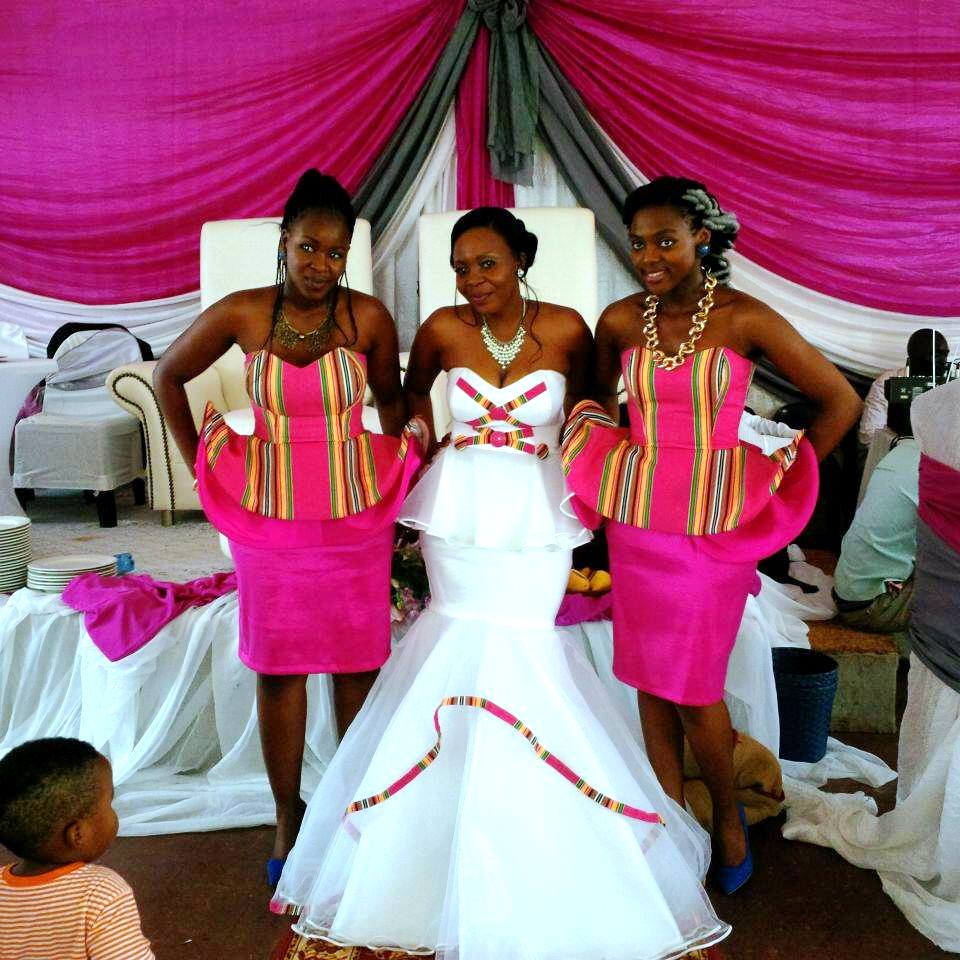
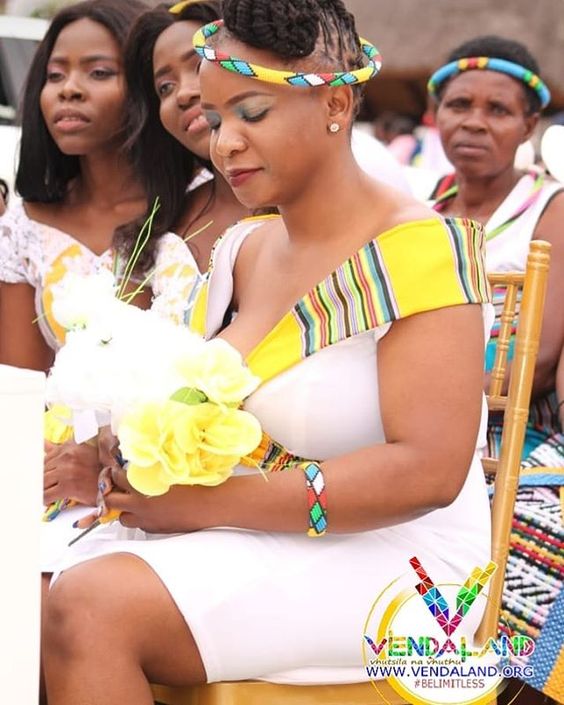
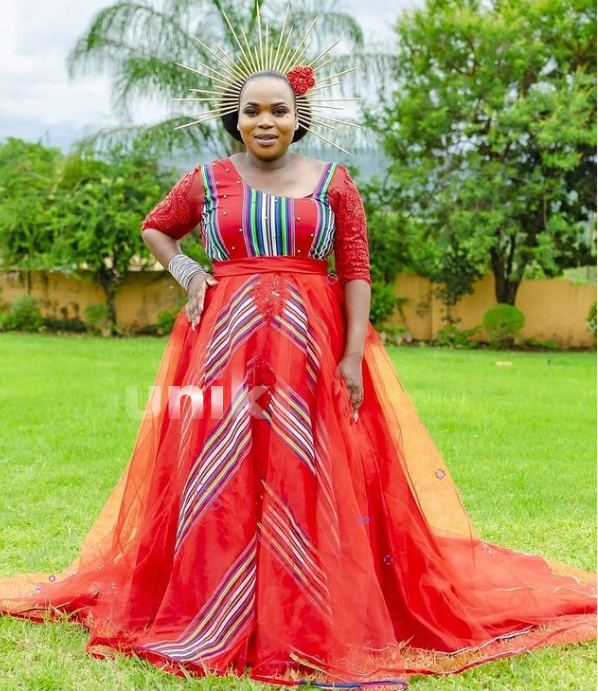



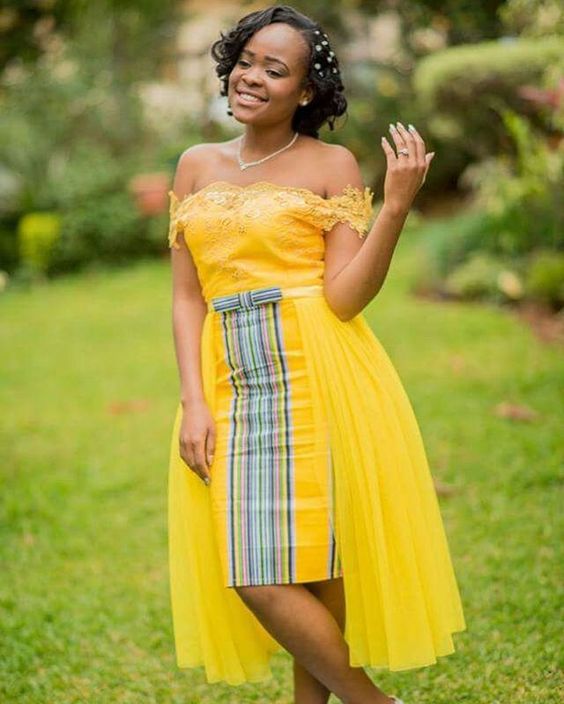
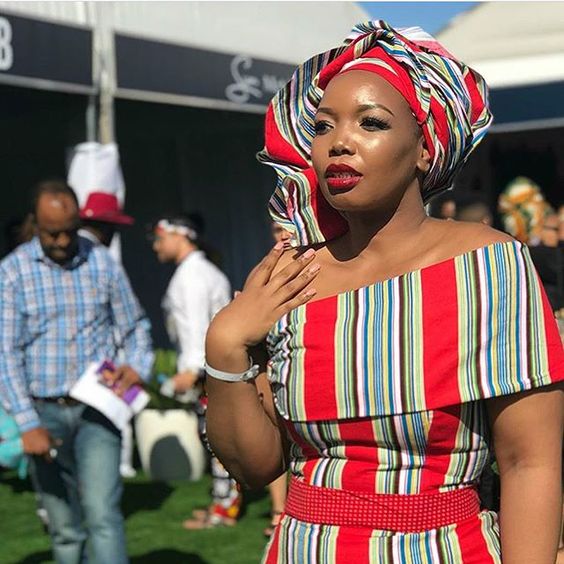
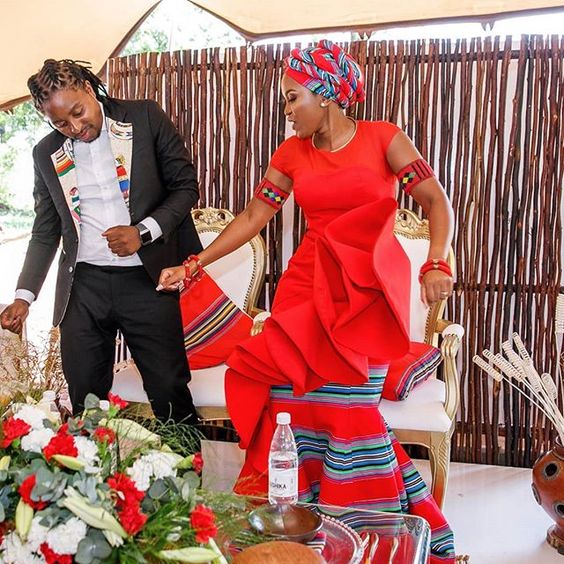
Venda traditional wedding dresses are not just garments; they are a profound expression of culture, history, and identity. These beautiful and meaningful attires reflect the deep-rooted beliefs and values of the Venda people and serve as a testament to their rich heritage. In celebrating their weddings through traditional dress, the Venda people continue to honor their ancestors and pass down their cultural legacy to future generations, making these dresses a true work of art and a symbol of love, unity, and tradition.


